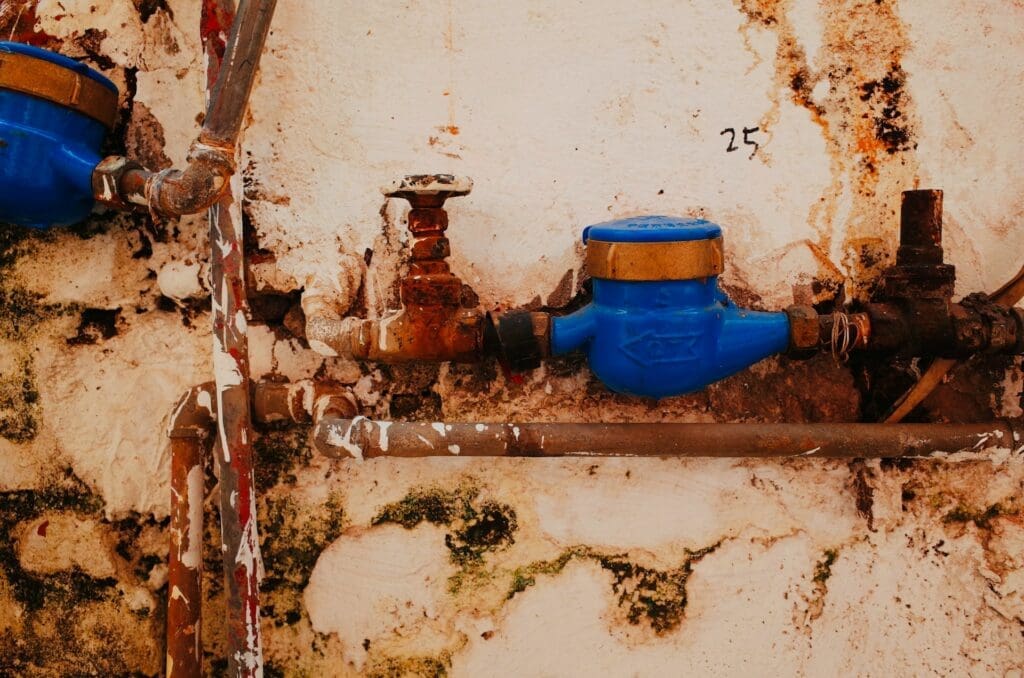Burst pipes can wreak havoc in your home, causing extensive water damage and potentially leading to mold growth. Dealing with a burst pipe can be an overwhelming experience, but it’s imperative to act swiftly to mitigate further damage to your home. Here’s an expansive, step-by-step guide on how to handle burst pipes in your home.
Before we delve into the steps to handle a burst pipe, it is important to emphasize the significance of professional help in such situations. Handling a burst pipe is often more than a DIY project. It requires a certain level of expertise and knowledge. If you find yourself facing a burst pipe, the first and most crucial step is to contact a professional. Quick action can make a significant difference in the amount of damage your home may ultimately suffer. Now, let’s walk through what you can do while waiting for professional help.
Step 1: Shut Off the Water
The moment you discover a burst pipe, your primary course of action should be shutting off the water supply immediately. This is an important step to stop the flooding and limit the extent of water damage. The water supply can typically be shut off by turning the main water valve, usually located in the basement or on an exterior wall of your home. It might be a little challenging to locate this valve, especially if it’s hidden or not easily accessible, but finding it quickly can save you a lot of trouble down the line.
Step 2: Drain the Pipes
After securing the water supply, the next task at hand is to drain the remaining water from the pipes. To do this, turn on all your cold water taps, including all faucets, showers, and garden hoses. Following this, flush all the toilets in your home multiple times. This will ensure that the pipes are completely drained, thereby preventing further leaks and potential water damage.
Step 3: Locate the Burst Pipe
With the water supply shut off and the pipes drained, it’s time to locate the burst pipe. You can identify the area by looking for signs of water damage. These signs may include stains, mold, dampness, or discoloration on your walls, ceilings, or floors. Other indications of a burst pipe might be an unexplained increase in your water bill or a noticeable drop in water pressure. If you can’t locate the burst pipe despite these signs, consider seeking professional assistance. A professional plumber has the tools and expertise to find and diagnose the problem accurately.
Step 4: Repair the Pipe
Repairing a burst pipe is a task that requires some level of expertise. The process will depend largely on the location of the pipe and the extent of the damage. Extensive damage may necessitate the pipe to be cut and replaced entirely, so hiring a professional plumber is always the safest option. Remember, a job well done now can save you from potential water disasters in the future.
Step 5: Clean Up and Dry Out
Unfortunately, repairing the pipe is only half the battle won. A crucial part of this process is cleaning up the affected area post-repair to prevent mold growth and further water damage. Begin by removing water-damaged items and deciding whether they can be salvaged or need to be discarded. Use fans or dehumidifiers to dry out the area effectively. It’s also advisable to disinfect the space to prevent the growth of bacteria and other harmful pathogens. This step might also involve repairing water-damaged areas of your home, including walls, ceilings, and flooring.
Step 6: Prevent Future Pipe Bursts
Having gone through the ordeal of a burst pipe, it’s important to take measures to prevent it from recurring. This could involve insulating your pipes to protect them from freezing temperatures, maintaining a consistent indoor temperature, and avoiding clogs by being mindful of what goes down the drain. Regularly inspecting your plumbing system can also help detect potential issues before they escalate.
Conclusion
Dealing with a burst pipe can be a daunting experience. However, with the right approach and prompt actions, you can mitigate the damage and restore your home effectively. Remember, the key is to act swiftly and rely on professional help for the best outcome. While the process might seem overwhelming, knowing what to do and taking preventative measures can make a world of difference in protecting your home from future plumbing disasters.




